A three-day event is the ultimate test in eventing and with the recent rule change requiring Fédération Equestre International CIC events to hold show jumping before cross-country, being able to master the art of keeping the rails up on the final day on a tired horse at a CCI is a valuable skill and one not able to practiced often.
We asked some of the top riders at the Dutta Corp Fair Hill International their advice on jumping a clear round on a horse that’s just run an 8- to 10-minute cross-country course.
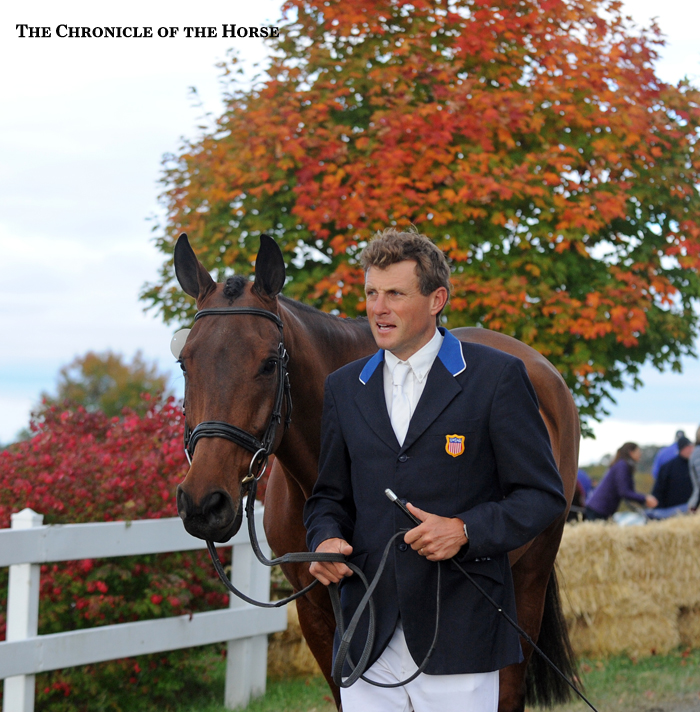 |
|
Boyd Martin – Leader after cross-country in the CCI***. Photo by Sara Lieser. “[My horses are] all good jumpers. I think I’ll warm them all up and see how much they’ve got left in the tank. I’ll do my best. They’re all quality jumpers. Experience comes into it to know how much each one needs to warm up. The biggest thing is if they’re a bit stiff to loosen them up. Some only need a couple of fences, and some of them need a lot of fences to get their shape. “It’s all pretty conventional. Your homework has to be done at home. You might have to lift them a bit and carry them a bit in the ring. All these guys are very, very fit. They might be a bit stiff and sore, but they’re fit.” |
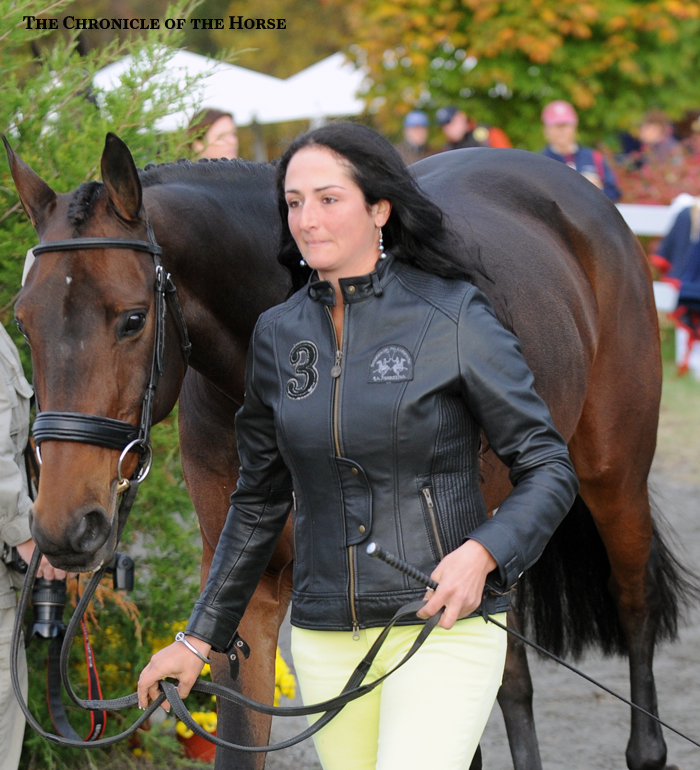 |
|
Jennie Brannigan – Second after cross-country in the CCI***. Photo by Sara Lieser. ADVERTISEMENT“With Cambalda, historically he’s a careful horse and historically when he gets tired he gets more careful. I’m not one to pre-ride him. I just take him out and whatever happens, happens. With that horse, I want to keep myself accurate and not wanting to make a move and expecting him to stay in front of my leg because it doesn’t happen like that. I think I’ll just try to take care of him and take a bit more time and knock on wood, he’s a good show jumper so I just need to make sure I don’t do anything dumb! “I think this new CIC format is really weird, but for a CCI I will say I think it’s good to give them fluids and give them their time at night. You can’t make too much of a science of it—being an accurate rider is the ticket I think. I’ve spent the whole winter working on that. You want to put your horse in a place where it’s easy for them and it’s easy to kind of get your head going faster than what your body should be doing, so just take your time and give them a shot. We’re all trying to do the best we can do. Some horses if they’re keen will benefit from doing a jump school in the morning, but I don’t personally do that.” |
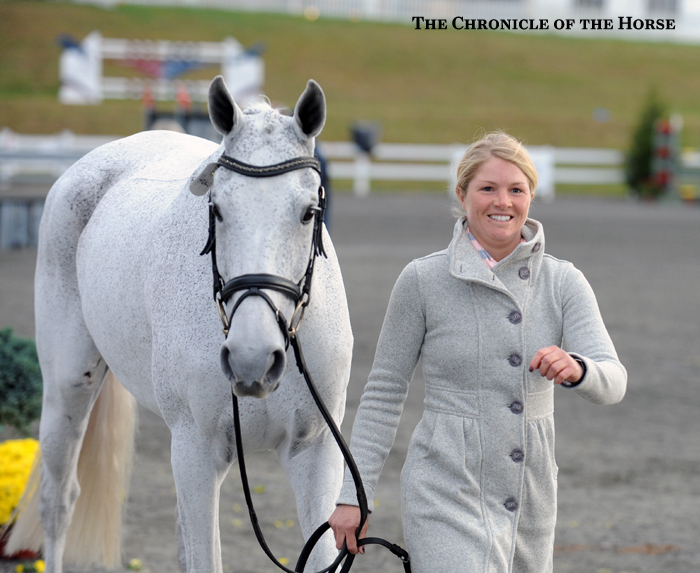 |
|
Caitlin Silliman – Third after cross-country in the CCI***. Photo by Sara Lieser. “I think as a rider, after going cross-country for 10 minutes, your eye is quite long and [for show jumping] it will be quite long. If you can reel your eye back in and ride them as accurate as you can, they can expend the least amount of energy and if you can save all your best jumps for the ring, you make it as easy as possible for them. “Especially with my mare [Catch A Star], it’s such a science. Too close, they have to sit down too hard. If you’re too far off then it’s too far away for them to leave the ground. I think the biggest difference is your horse isn’t as fresh, so half halting and adding a stride or moving up is not going to happen or not going to happen as quick as your used to. It’s rare that you get to practice jumping them after jumping cross-country for 10 minutes. They’re all a little but flat, they’re all a bit tired and they’re all looking for the long distance. I think doing some flatwork in the beginning and getting your canter back and your rideability back is very helpful and I think as a rider, getting your eye back to show jumping over a small jump before you put them up high makes it as easy as possible for them.” |
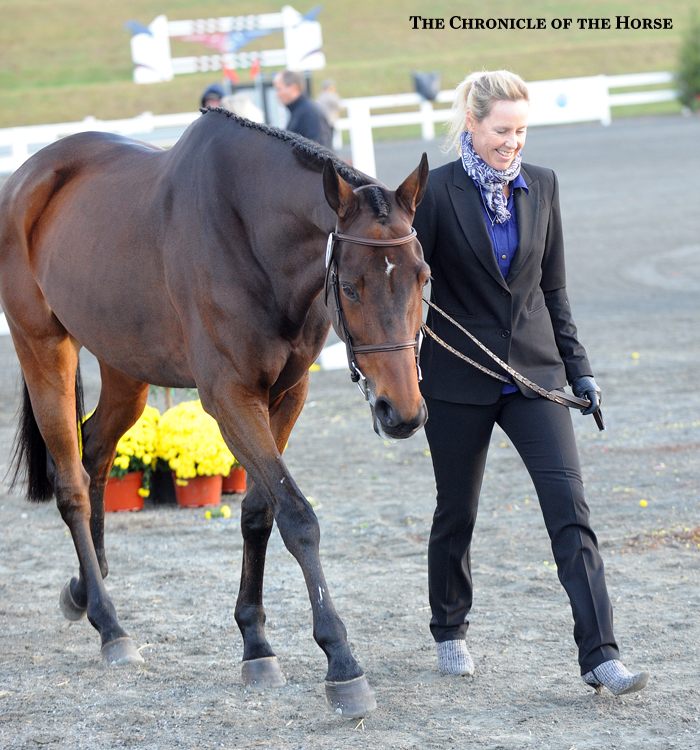 |
|
Victoria Jessop – Leader after cross-country in the CCI**. ADVERTISEMENTPhoto by Sara Lieser. “My plan for [show jumping] is to stay very relaxed. I ride with Allison Springer, and we’ve been working on his warm-up quite a lot. He gets pretty tense in an enclosed environment; he can’t help it. We don’t help him very much in the warm-up, and then we help him in the ring. It makes him be a little bit more careful because he’s not that careful. He doesn’t care so much about knocking the show jumps down. It’s a little bit where Alison’s really helped me mentally because her horse Arthur has been a little bit tough that way. That’s given me a little bit of hope and help in that environment. “I’ll ride my best, keep a balanced canter, keep riding forward, and hopefully he’ll do his part. I definitely have to stay calm and quiet and ride the rhythm. He’s a Thoroughbred, he can get quick and sharp, and then he can get a little bit spooky. It’s keeping the canter rhythm basically. I’ll probably jump a square oxer last. It doesn’t matter if it’s an oxer or a vertical actually, but give him a good rub, probably. The last thing I’ll think [before going into the ring] is probably, ‘Breathe.’ ” |
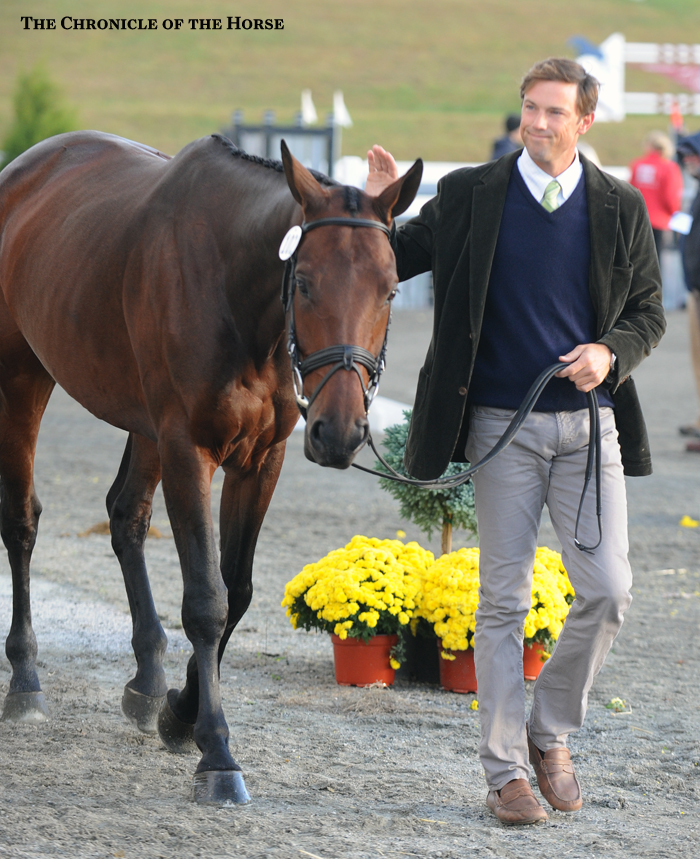 |
|
Will Coleman – Winner of the USEA Young Event Horse 5-Year-Old division. Photo by Sara Lieser. “I think the biggest mistake a lot of people make is that we think it’s about making them careful on Sunday and you can get into jumping too many jumps trying to get them to refine their form or hone their technique. Most of the time I think it’s just about getting them to feel good and confident about getting into the air, so we give the horse a lot of help in the warm up. We don’t jump many big fences. We give them a lot of ground line and help them find their shape and get into the air. “Most of the time I think if you give them the feeling that even though they are a bit sore and they may not be feeling their absolute best, if you give them the confidence that they can get into the air and use themselves to their full potential, most of the time they jump a bit better than if you try to put them in deep to every warm up jump and get them working super hard. I might do that once or twice, but I mostly try to get them feeling good over a fence and then trust that they’ll go in there and know that they’re supposed to leave them up.” |














